Hilarious responses, heated debates, snide remarks, indignation, outrage and even political grandstanding marked social media on Wednesday over news that the Narendra Modi government will designate the humble khichdi as India’s ’national dish’. The news eventually turned out to be false. No such moves have apparently been planned. But in the time between spreading of the false news and clarification from the government, the idea (both for and against) of a ’national dish’ spread like wildfire. [caption id=“attachment_4189821” align=“alignleft” width=“380”]  Representational image. News 18.[/caption] In so doing, some important questions were raised about the symbols that we use to mark the concept of India as a nation state and its civilisational, cultural and geographic unity. Union Food Processing Minister Harsimrat Kaur Badal later clarified that the simple dish of rice, lentils and condiments—a staple for many Indians across the length and breadth of the nation—will be popularised globally because it “symbolises India’s great culture of unity in diversity”. And as part of that plan, the ministry is organising a three-day World Food India event starting Friday where 800 kilogrammes of khichdi will be prepared and later served to about 60,000 orphaned children, attending guests and heads of foreign missionaries. Enough Khichdi cooked up on a fictitious ‘National Dish’. It has only been put for a record entry in #WorldFoodIndia.
Enough Khichdi cooked up on a fictitious 'National Dish’. It has only been put for a record entry in #WorldFoodIndia.
— Harsimrat Kaur Badal (@HarsimratBadal_) November 1, 2017
The news seemed to have spread due to preemptive reporting and/or erroneous conclusion by some outlets. In keeping with the normative principle of dissemination of news in the age of social media, it did wild rounds in cyberspace before it could be verified and contained.
Khichdi to be designated as India's national food, announcement on November 4 https://t.co/BClEjOMeHO pic.twitter.com/ijupX5B7x3
— DNA (@dna) November 1, 2017
What is of import here is the nature of the reactions that were elicited when the concept of a ’national dish’ was (wrongly) floated. Some, such as former Jammu and Kashmir chief minister Omar Abdullah detected a political motive and linked it with the controversy over national anthem.
Do we have to stand every time we see it being eaten? Is it compulsory to eat before a movie? Is it anti-national to not like the stuff? https://t.co/MkgWEBNQlH
— Omar Abdullah (@OmarAbdullah) November 1, 2017
Beyond the political binaries and compulsions, some pointed out that India is too vast with too many culinary diversities for one dish to be designated as a ’national dish’. Suggestions ranged from mutton biryani, mutton kosha (a Bengali preparation), parotta-beef to momos, yakhni pulao, dhokla and even aloo paratha. Amid the charge—that khichdi is too bland and unimaginative to be celebrated as emblematic of Indian culinary tradition—lay the underlying contention that propping up one dish as ’national’ and using the State machinery to propagate and popularise it undermines the richness of India’s diversity. This wasn’t very far from some arguments which militated against the very idea of a national dish, arising out of a suspicion that the BJP, through propagation of one language (Hindi) and now ‘one dish’, is trying to establish hegemonic control over cultures and is issuing a sanctified ‘upper-caste north Indian Hindu tradition’ as the standard certificate for Indianhood.
As India drops in Hunger Ratings under BJP, their response is making #Khichdi national dish! This is culinary hegemony! What abt gongura?
— Madhuri Danthala माधुरी మాధురి (@Madhuism_) November 1, 2017
Unfair to have a national dish in a country with a mind boggling variety of cuisines and tastebuds.#khichdi
— Ray Stings (@Purba_Ray) November 1, 2017
Impact Shorts
More ShortsThis brings us to the question central to the debate. Why couldn’t it be declared as a ’national dish’ when it forms the staple for so many Indians, is part of India’s syncretic culture, and is found in some form or the other in nearly every Indian culinary tradition? Why should even the suggestion eviscerate such a visceral reaction? “Indeed”, as Shantanu David writes in News 18, “While khichdi’s non-vegetarian cousins in the North (Awadhi Khichra) and South (Hyderabadi Haleem, with cracked wheat in place of the rice) were clearly influenced by the Islamic conquest of the country—which began in the 10th Century—the original was recognised as an Indian staple from the times of Alexander the Great. Megasthenes, the Greek ambassador to the court of Chandragupta Maurya, mentions a combine of rice and pulses that was savored by people all over the country.” Malar Gandhi writes in her blog Kitchen Tantra that khichdi “is an ancient peasant meal, enjoyed by agriculturalists and village work force for centuries. Greek ambassador of Seleucus Nicator (ca. 358 BC – 281 BC) mentioned that the rice and pulses combination is very popular among South Asians.” So what’s wrong in calling khichdi, a 2,200-year-old tradition unique to Indian subcontinent that we still identify with, a “national dish”? The problem stems from the discomfort of identifying with any single tradition as quintessentially Indian, flowing from the inherent impossibility of the concept of “India” as a nation state where the diversity is so profound that were it not for the geographical integrity, colonial past and civilisational exceptionalism, the “country” would have collapsed under its own weight. The debates over the National Anthem or “imposition of Hindi”, or “national dish” are symptomatic of the fact that many modern Indians have only an amorphous idea of being an “Indian”. The nationhood identity has very few markers left and is progressively getting undermined by sub-national, regional, religious and even cultural identities. In his paper India’s Diversity and Globalisation: Unifying Forces and Innovation Vijay Kumar Kaul of Delhi University quotes from Neils Brimnes (Globalisation and Indian Civilization) to write that “Indian civilization cannot be defined as a homogeneous linguistic entity. Even on religion criteria, India has large diversities in terms of sects, faiths and religions. Indian civilisation cannot be limited to the present day Indian union, a recent geo-political construct.” These fault lines are getting rapidly exposed now more than ever before because we are moving temporally away from the geopolitical construct—our struggle for Independence—the one memory that bound a loose geostrategic entity into a “nation” and instilled a sense of “nationhood” among diverse people of heterogeneous cultures and ethnicity. As the postcolonial impulse that dominated the early days of India’s emergence as a nation state fades away, the national identity is getting slowly submerged into other identities. Progressively, and among Millennials, the nationhood identity has come to rest on only very few mores such as sport or entertainment, and these impulses are considerably weaker compared to regional and cultural ones. Debate over signifiers that unite India therefore trigger such a feral and animated response.


)
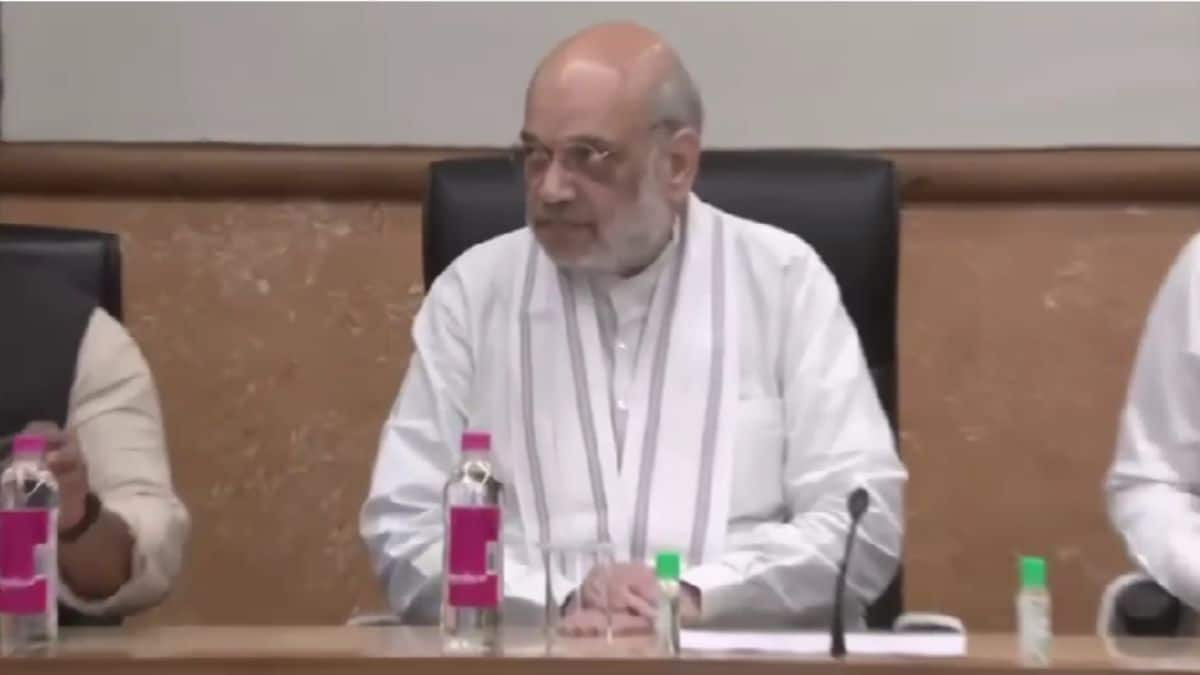
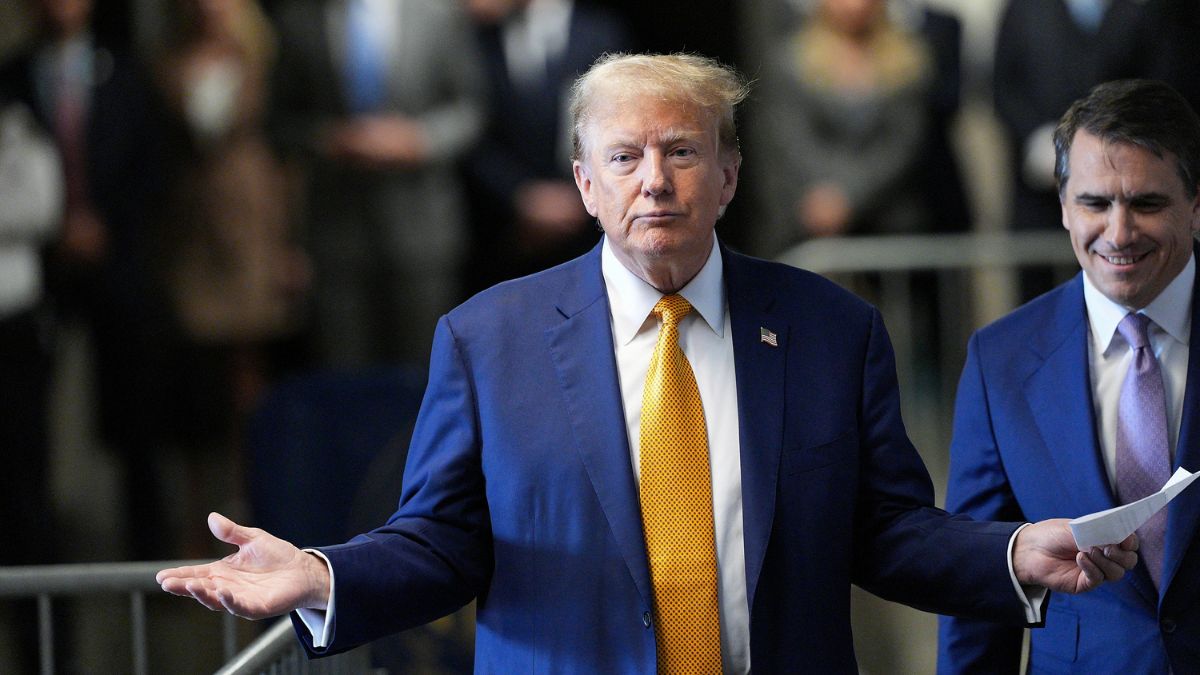)
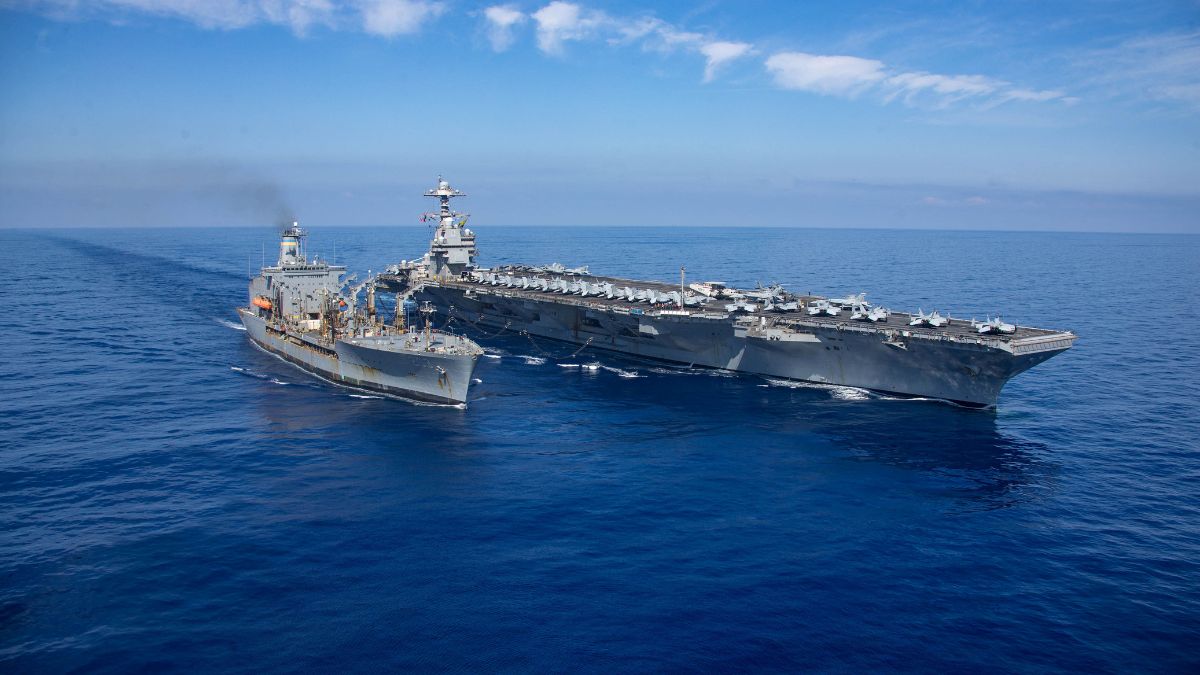)
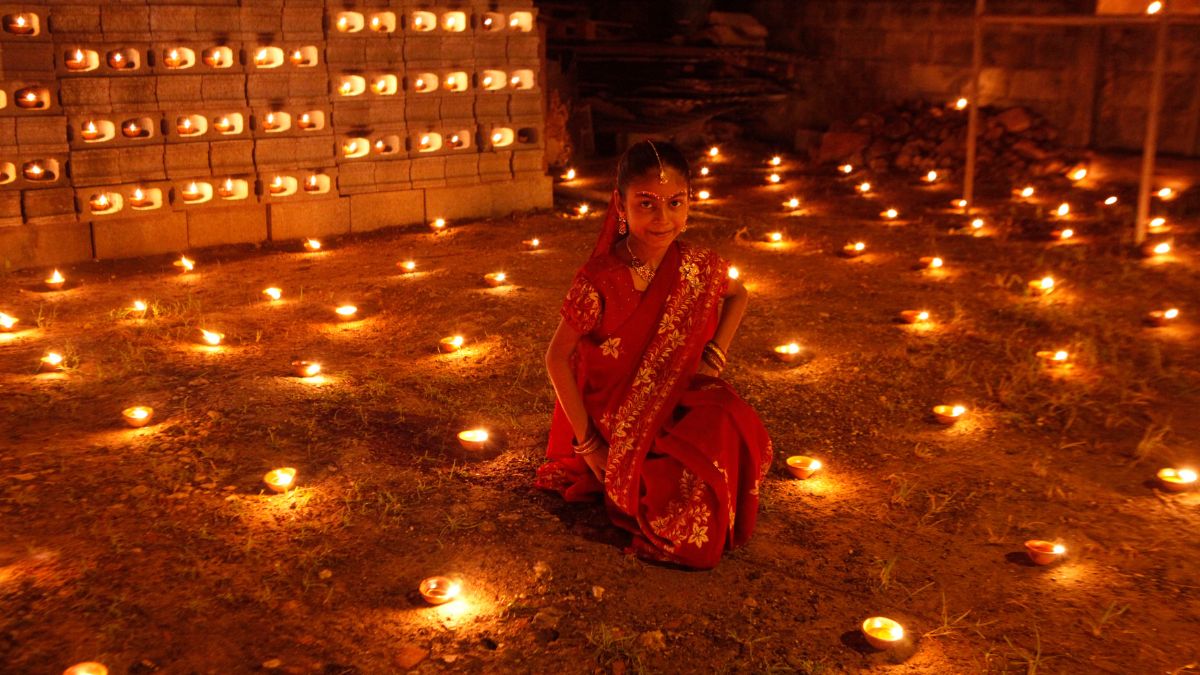)
)
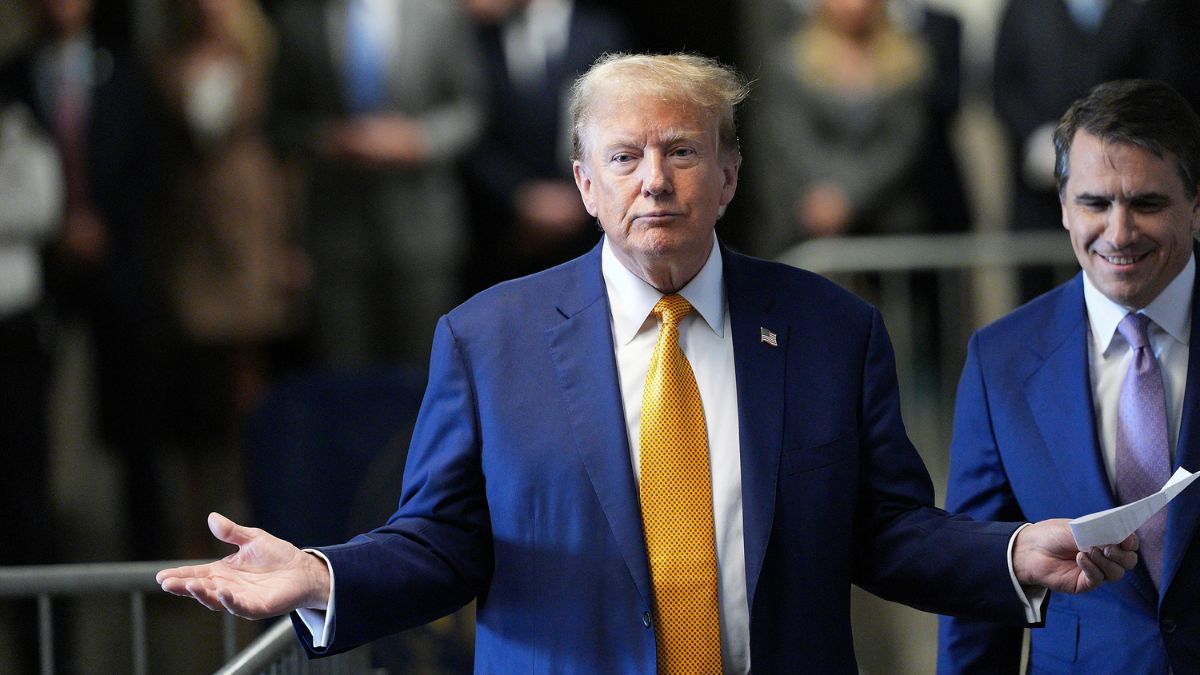)
)
)
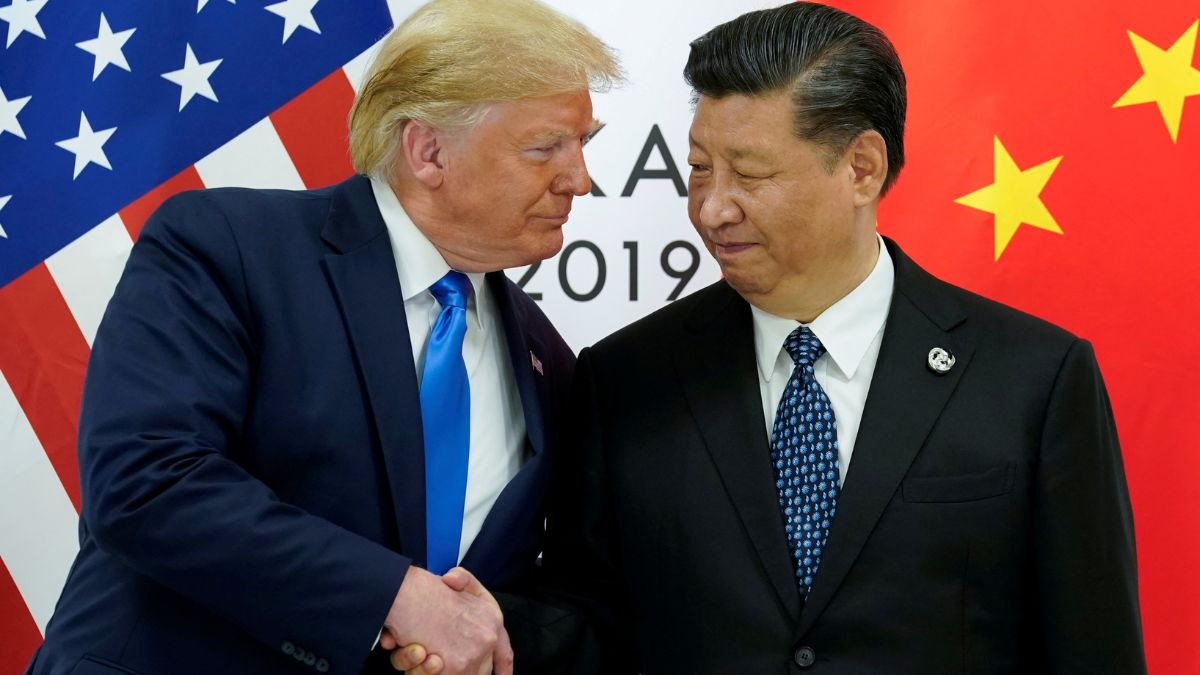)



